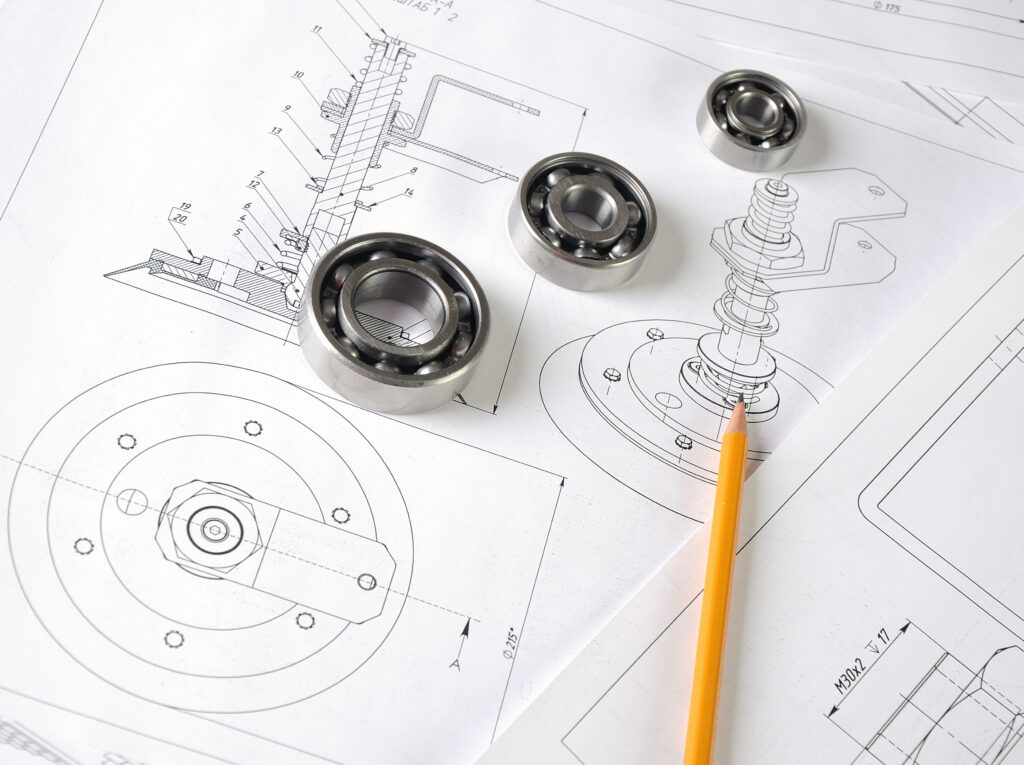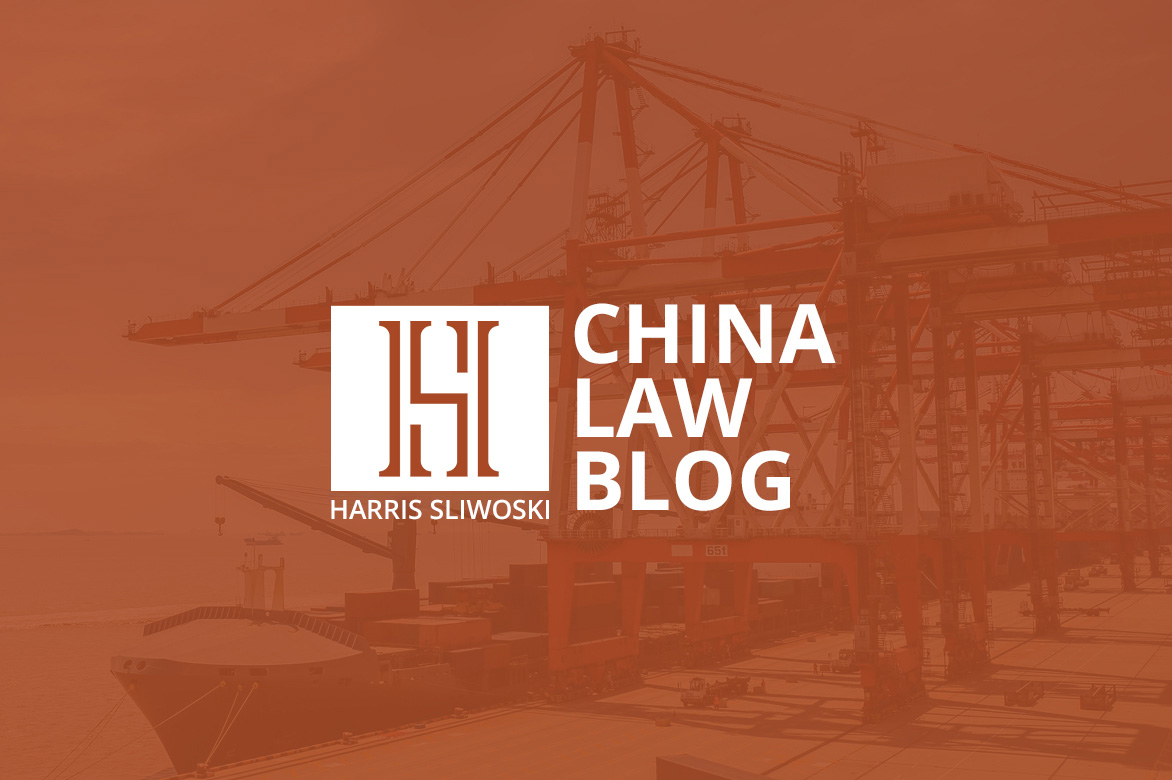This post – written by Renaud Anjoran, CEO of Sofeast – explains the two main product development models employed by Chinese companies and outlines the advantages and disadvantages of each.
China product development is fraught with risks. In my experience and that of my company, the product development stage is both the easiest and mostly likely time for your Chinese counterparty to run off with your IP or even your product.
If you are designing a new hardware product and considering getting it manufactured in China, where will the design and development work be done? If you hire engineers or a design house in your own country, you probably understand the expectations around payments and ownership of intellectual property (IP). But if you plan to have some of that work done in China, you likely will be surprised by the prevailing IP ownership model most Chinese companies follow.
In How to Avoid Inadvertently Gifting your IP to your Foreign Manufacturer, Harris Sliwoski noted how its clients “too often fail to understand how easy it can be to ‘gift’ their intellectual property to the foreign manufacturer.” We have found the same with our clients.
1. The two main models for developing and manufacturing your new product abroad
Let’s start with what I call the Western Model. This is what most North American, European, and Australian companies typically expect.
a. The Western Model: all IP belongs to the customer
— Type of relationship
- Engineering contractor during development.
- Contract manufacturer during mass production.
— Practical implications of the Western Model
- The customer pays for all product development work and the contractor does the work needed based on customer’s product concept.
- The customer receives and owns all deliverables and has full transparency into the component/material suppliers involved. The customer can stop the work at any time during development and can decide to move the manufacturing to any other factory and have that new manufacturer re-use all the work done so far.
- In other words, the customer pays for the product development work and is in control.
— What keeps the overseas manufacturer honest?
The appropriate contract(s) allow the customer to cease its collaboration with its contractor relatively painlessly, and there is no doubt about what the customer owns, as well or about what each party may or may not do when terminating the relationship.
— What keeps the overseas manufacturer motivated?
The overseas manufacturer has little risk of loss since all its work is invoiced to the customer. If there is enough potential for long-term contract manufacturing work, the manufacturer can justify putting its best engineers on the project.
Pros
- The customer knows what happens in the details, and learns about the whole process.
- The customer retains full control of the project.
Cons
- Bringing a new product to market is always a one-of-a-kind project, and it is often messy. Nobody can plan the amount of work accurately. The contractor’s bills will be higher if the workload ends up being higher.
- The customer typically pays for everything (tooling, engineering work, etc.) and it may represent a high amount of money.
Now, let’s contrast this with what I call the “Chinese Model”.
b. The Chinese model: some of the IP belongs to the Chinese manufacturer
— Type of relationship
Both sides (the customer and its Chinese manufacturer) are partners in bringing the product into production.
— Practical implications of the Chinese Model
- The Chinese manufacturer takes the risk of committing to doing some/all of the engineering work involved in developing the product, usually without charging the customer anything for this engineering work. The Chinese manufacturer also does all the component and material sourcing work without charging its customer for this.
- The customer does not have the engineering files or the bill of materials, so it will be much harder for it to switch to another supplier.
- There is a general “expectation” that the Chinese manufacturer may not sell the developed product to any other party other than its initial customer, so long as this customer keeps giving orders to the Chinese manufacturer.
— What keeps the overseas manufacturer honest?
A contract can (and usually should) still be signed in this case. This contract should specify what each party may and may not do and, most importantly, it should clarify the ownership of the IP created during development. The customer often overlooks this entirely, which leads to unclear ownership of IP and leaves the manufacturer in total control. See Giving Your IP to China Out of Love.
— What keeps the overseas manufacturer motivated?
- The overseas manufacturer has a near guarantee of becoming its customer’s long-term contract manufacturer if product sales take off. This is the manufacturer’s main source of motivation and this is why your ability to show market traction via something like a previous track record, a successful Kickstarter campaign, or a letter of intent from a famous company can be key to you convincing your overseas manufacturer to take the risk on your new (and not fully developed) product.
- Sustaining motivation is crucial. This point cannot be over-emphasized. If product development is more challenging than anticipated, the whole project may be side-lined. This often manifests itself by the overseas manufacturer slowing its product considerably, until such point as it stops responding at all to its (now former) customer. The risk of this tends to accelerate after around three months, at which time the supplier’s attention tends to wander to other more promising projects.
Pros
- The investment to develop the product is (much) lower for the customer if all goes well.
- The customer has less budget uncertainty.
- The customer does need to follow up on every little aspect of what is happening and so it is way less likely to get overwhelmed by the complexities of the project.
- When the Chinese Model works well, there are few unforeseen challenges. If the overseas manufacturer does not get overly greedy, it can be a true win-win situation.
Cons
- The overseas manufacturer becomes the customer’s “partner”, for better and for worse. It can be difficult or even impossible for the customer to change the terms (written or implied) of its relationship with its manufacturer.
- The overseas manufacturer might skip important steps in the product development process (e.g. reliability testing, key component supplier qualifications, pilot run validations) and negatively and seriously impact the customer’s business. Chinese companies can be excellent at making fast progress, but they often do little or nothing to mitigate risks.
- The customer has to rely on its Chinese manufacturer to fix product problems since the customer does not have visibility into the engineering files or access to critical suppliers. What makes you so sure your overseas supplier has good problem-solving abilities?
- Chinese manufacturers often consider the product to be theirs and it does not view selling it to your competitors as a big deal.
2. How to choose the right model for developing and manufacturing your new product abroad
The Western Model tends to make sense for complicated product design projects for which product development will likely take more than three months and when your projected annual orders can justify you bearing all of the product development costs. The Western Model also makes sense if it is important that you be firmly in control of your project and your product IP.
The Chinese Model makes the most sense for customers that lack sufficient funds to pay for their China product development. This model also makes sense when you are working with a supplier that has already developed products similar to what you are looking to make and thus can re-use its own residual IP. This model does not make sense if you are not aware of the risk of your company ending up as little more than a distributor of your Chinese manufacturer’s product.
In an upcoming post, I will analyze the two prevailing product development models in another situation – when the customer has already completed its product design without manufacturer support and its next step is to get that product into manufacturing. Not surprisingly, this stage of product development is also fraught with risks.
The above post was written by Renaud Anjoran, CEO of Sofeast, a leading China-based supply chain management/product engineering/quality assurance/supplier product management company. Renaud is a globally recognised expert in quality and supply chain issues. He is an ASQ-Certified ‘Quality Engineer’ and ‘Supplier Quality Professional’, and a ISTA-certified ISO 9001 Lead Auditor. He also regularly and excellently blogs on these topics at QualityInspection.org. Harris Sliwoski has worked with Renaud and Sofeast for more than a decade on various client manufacturing projects, including China product development projects.

























